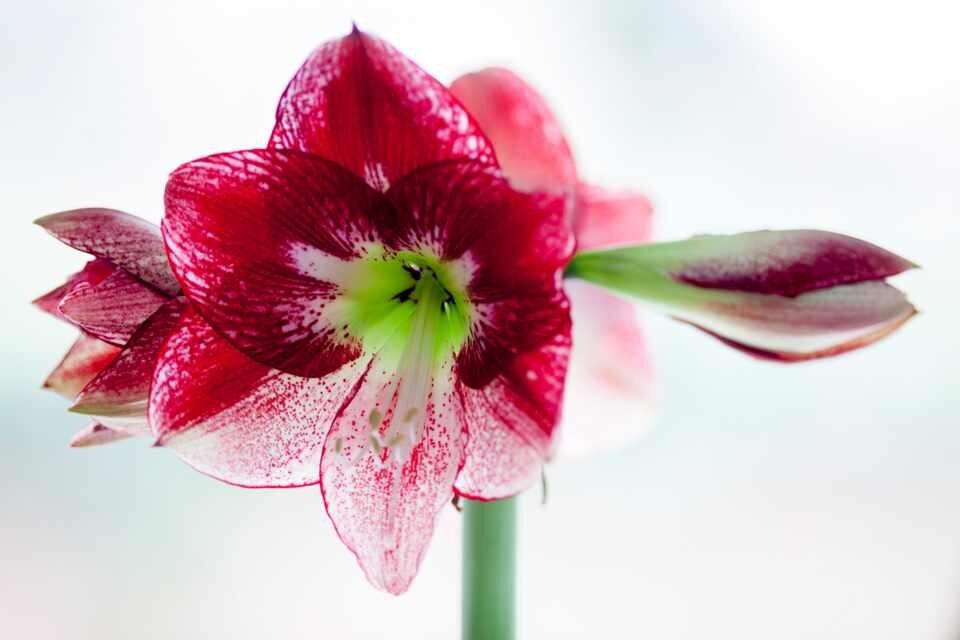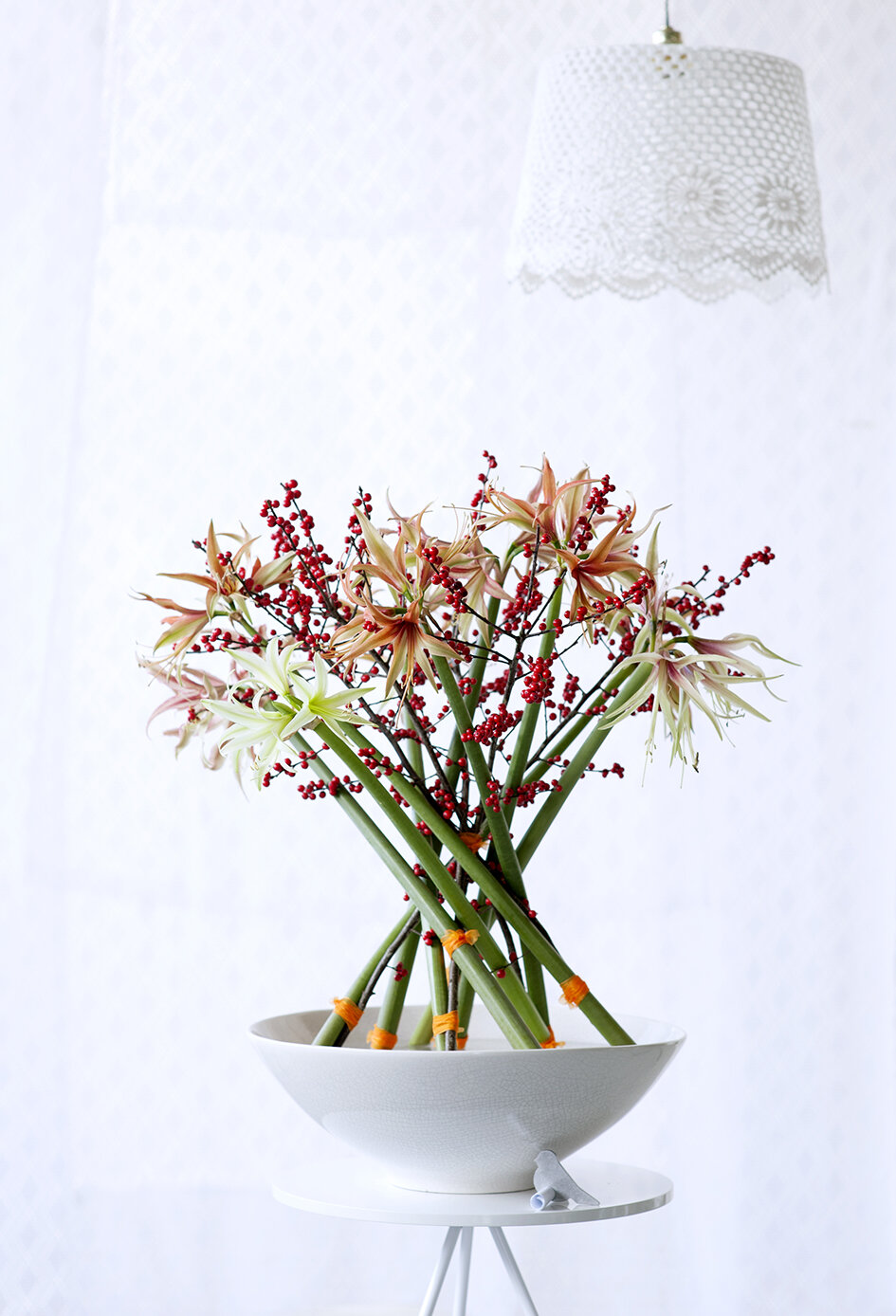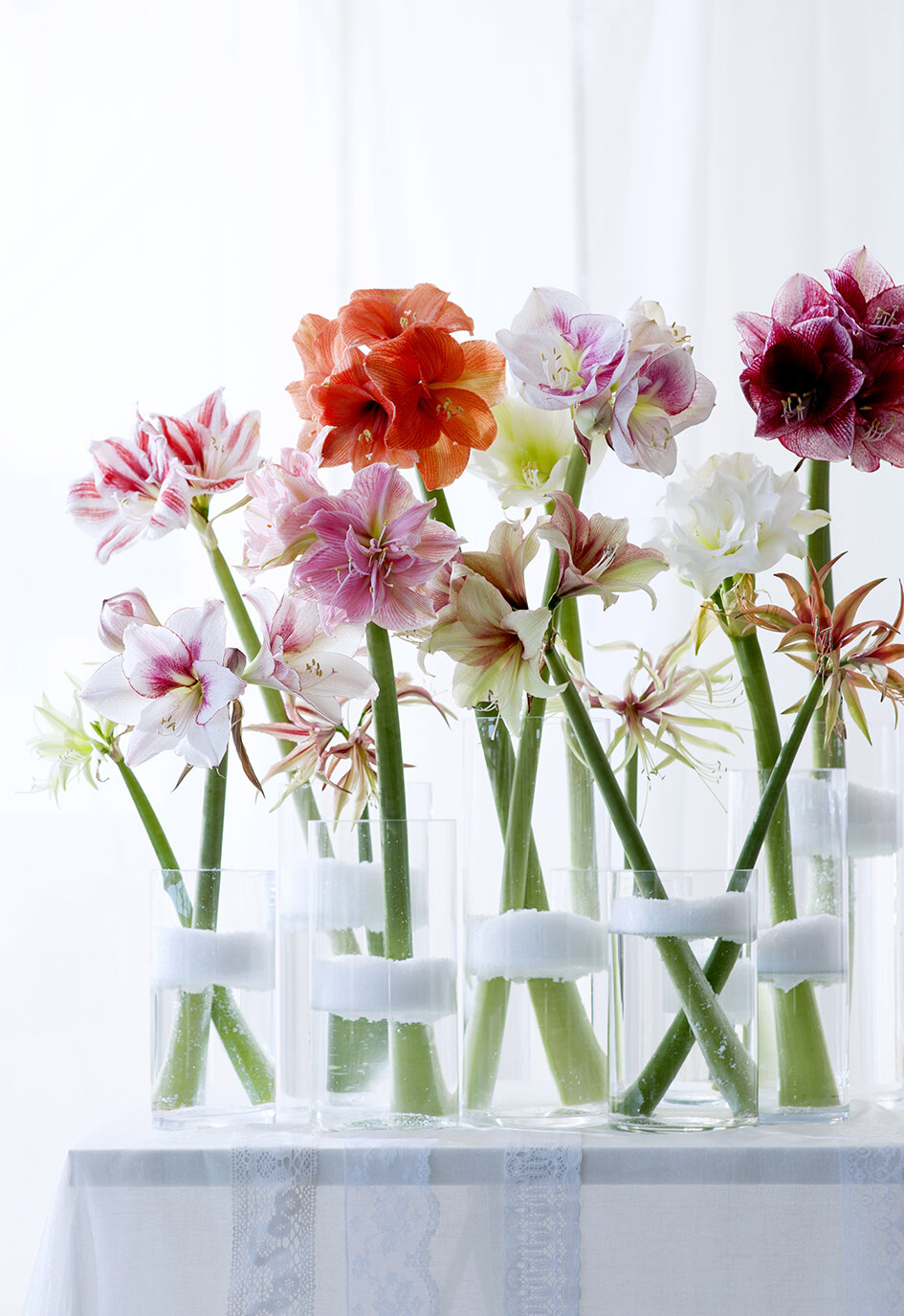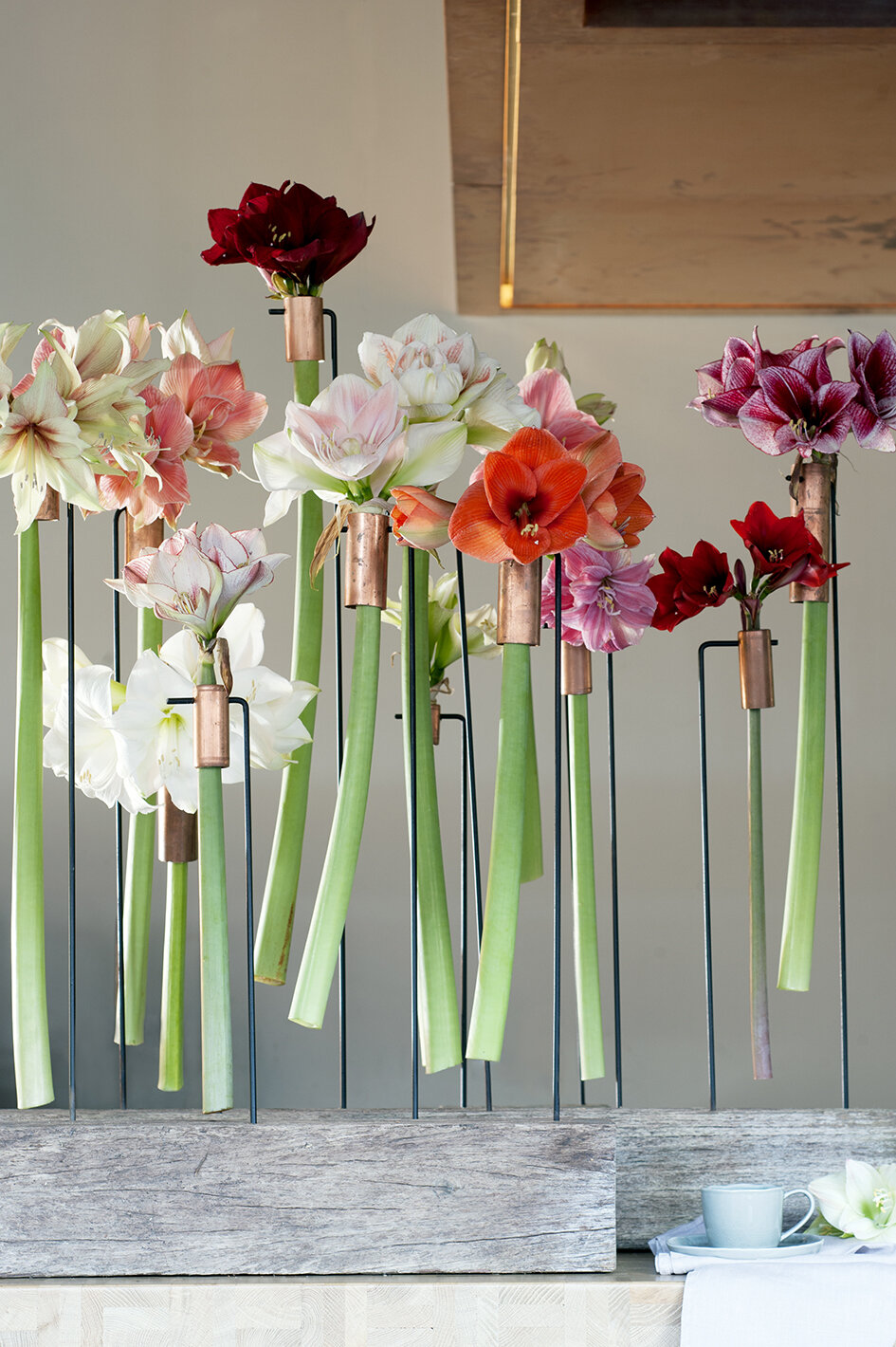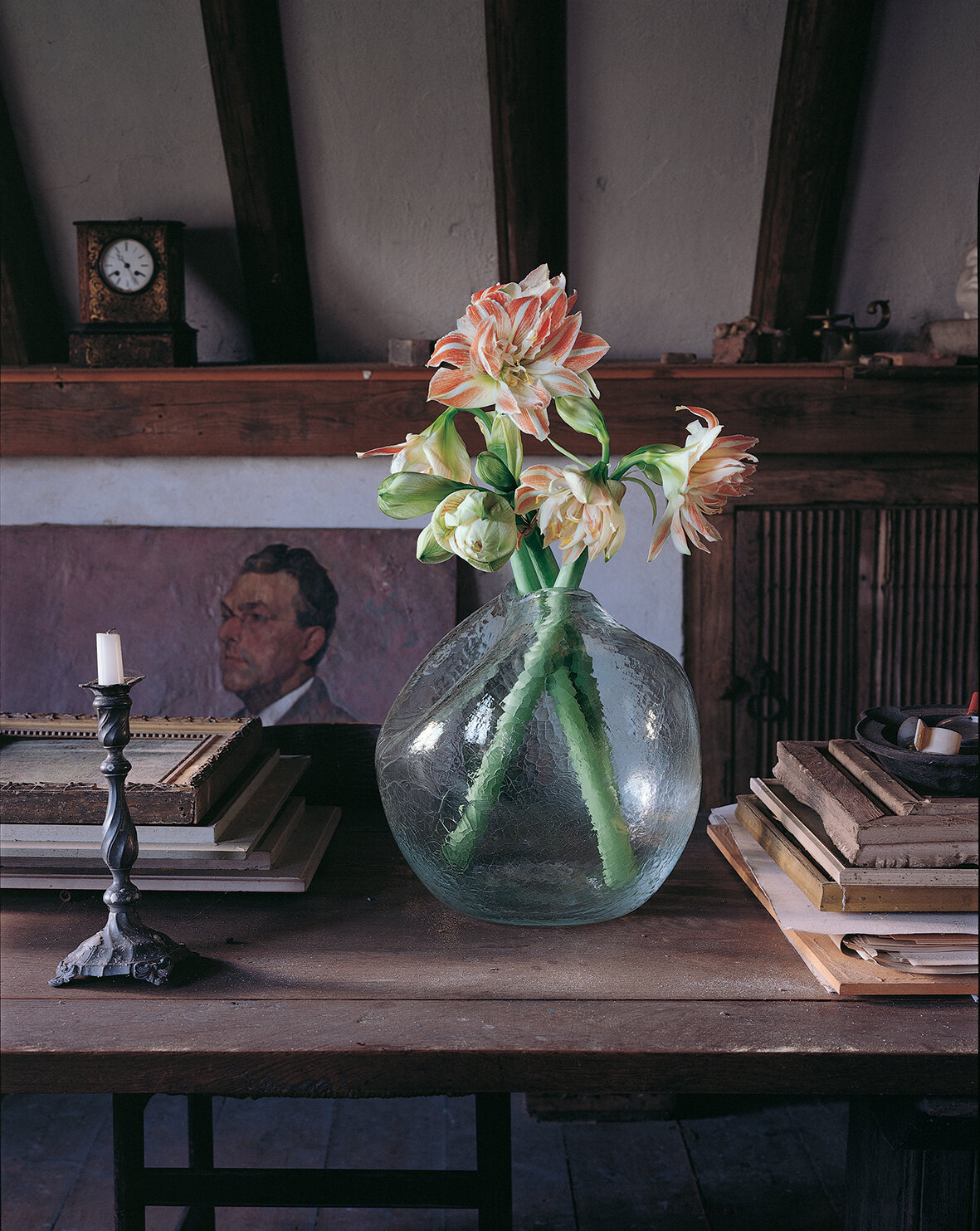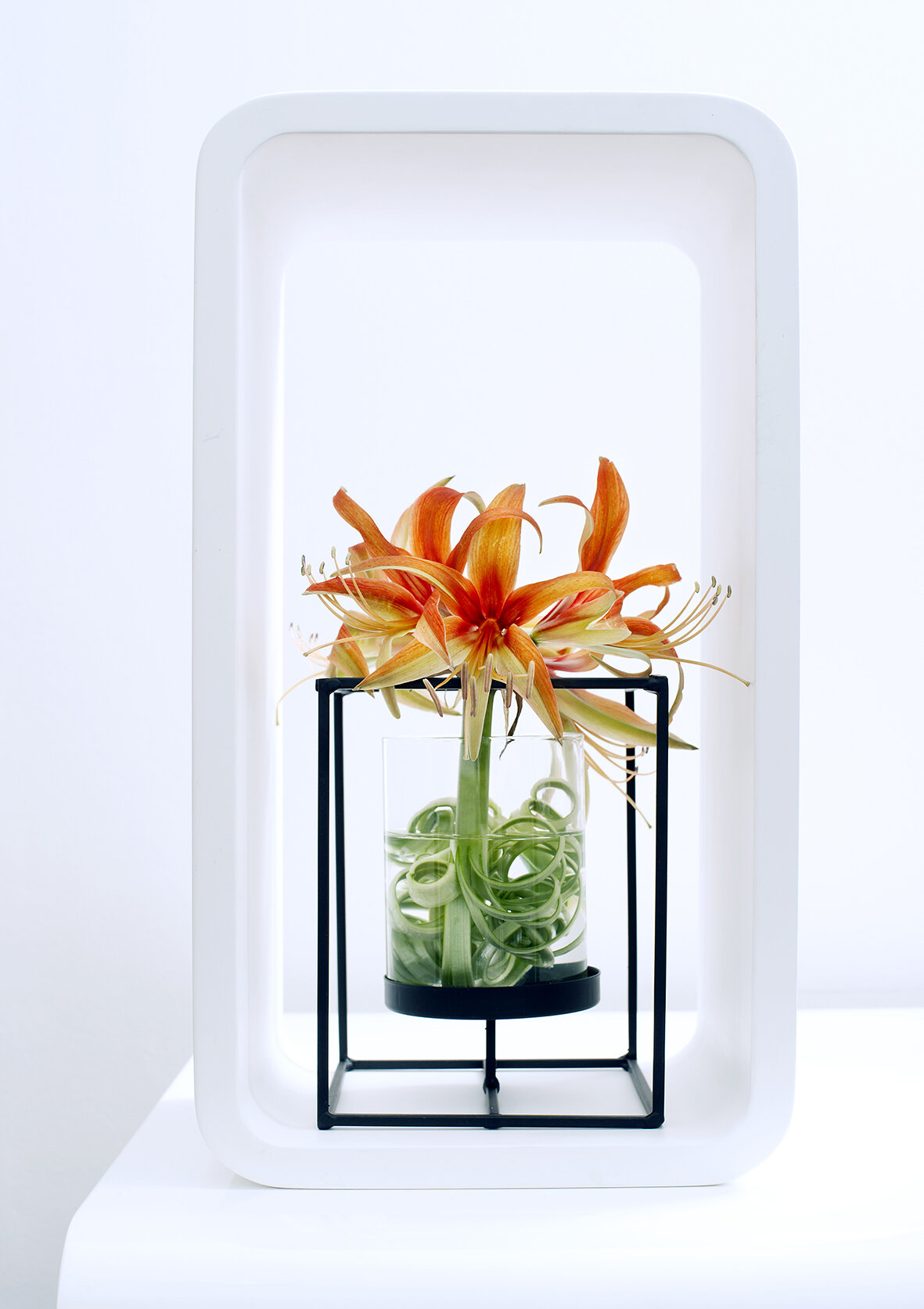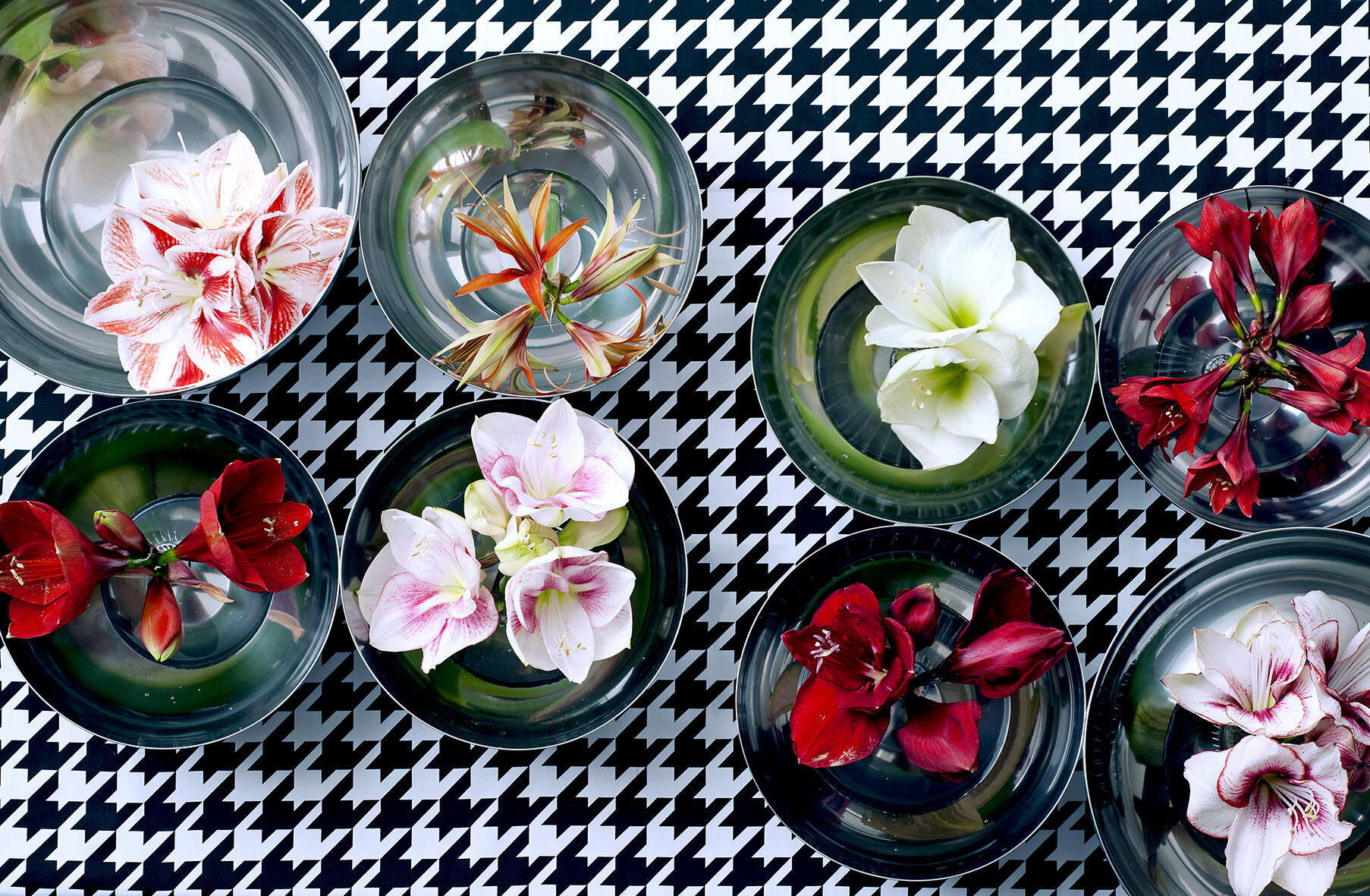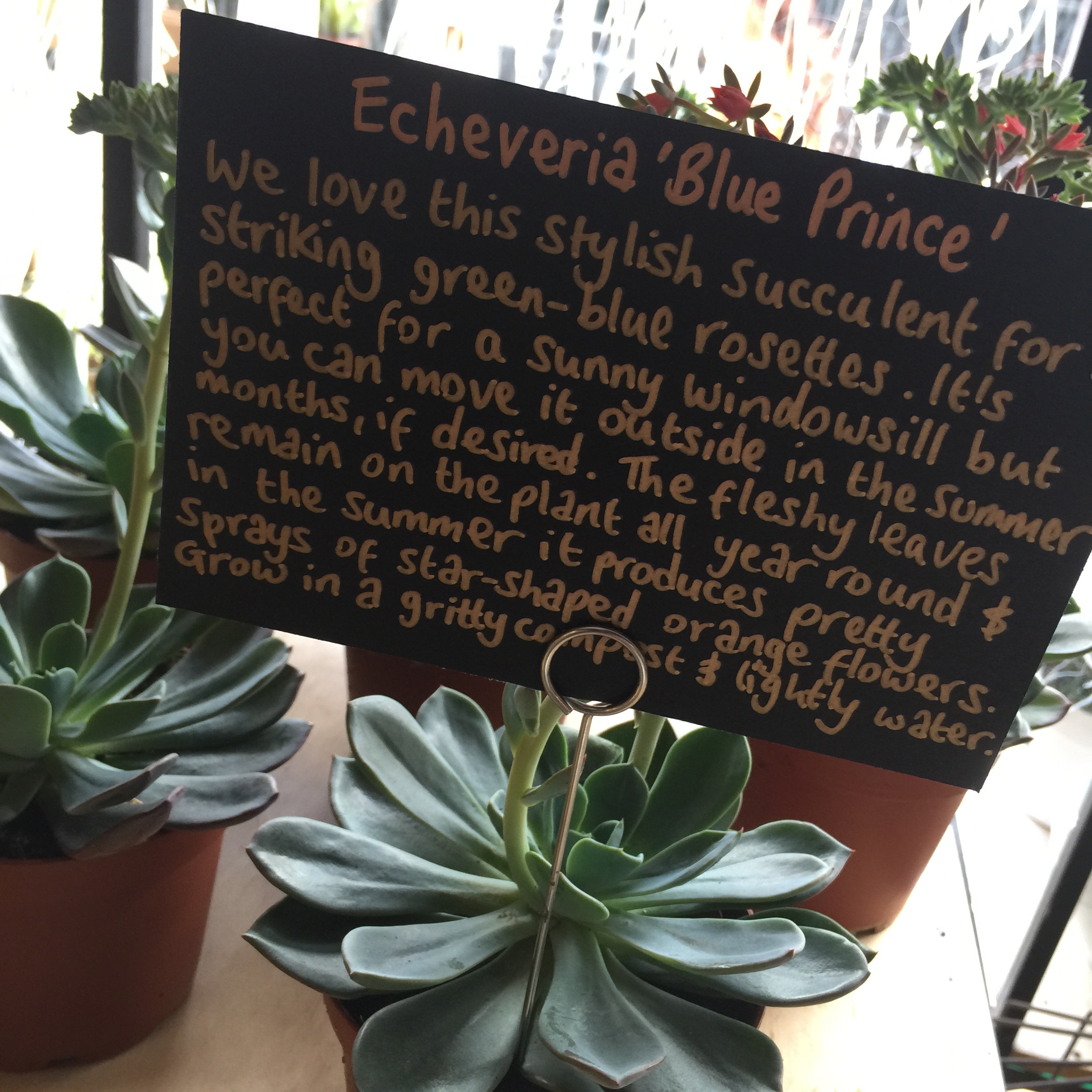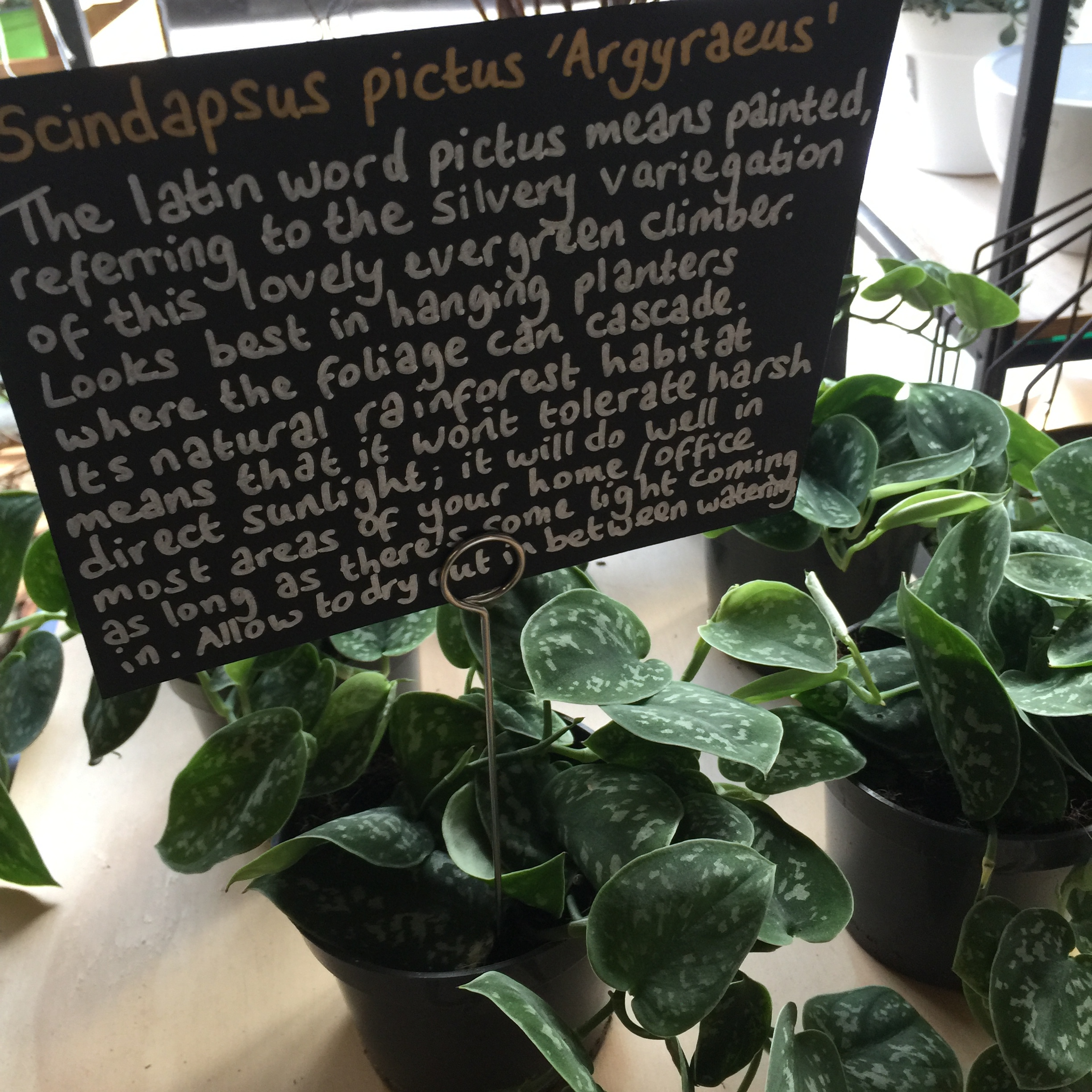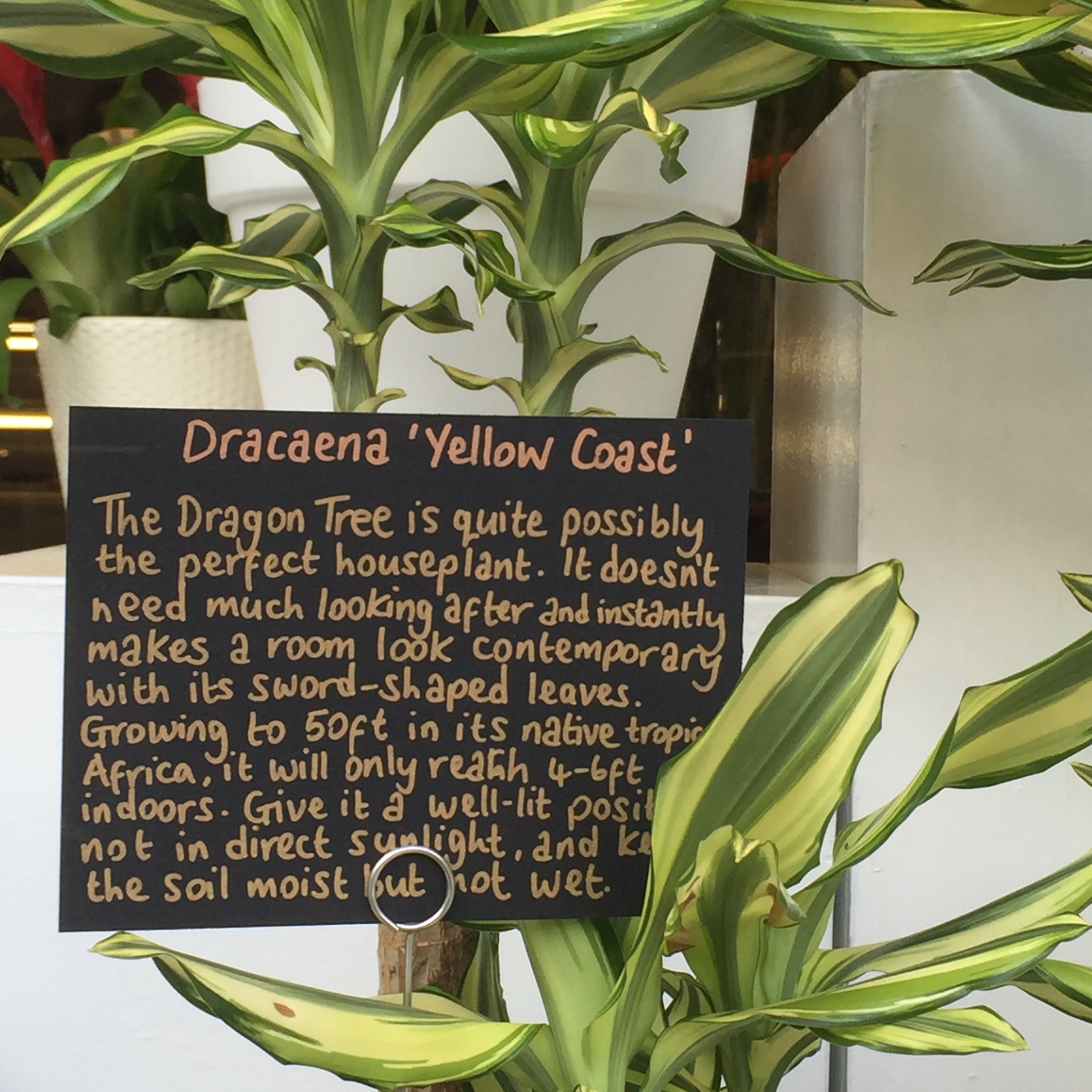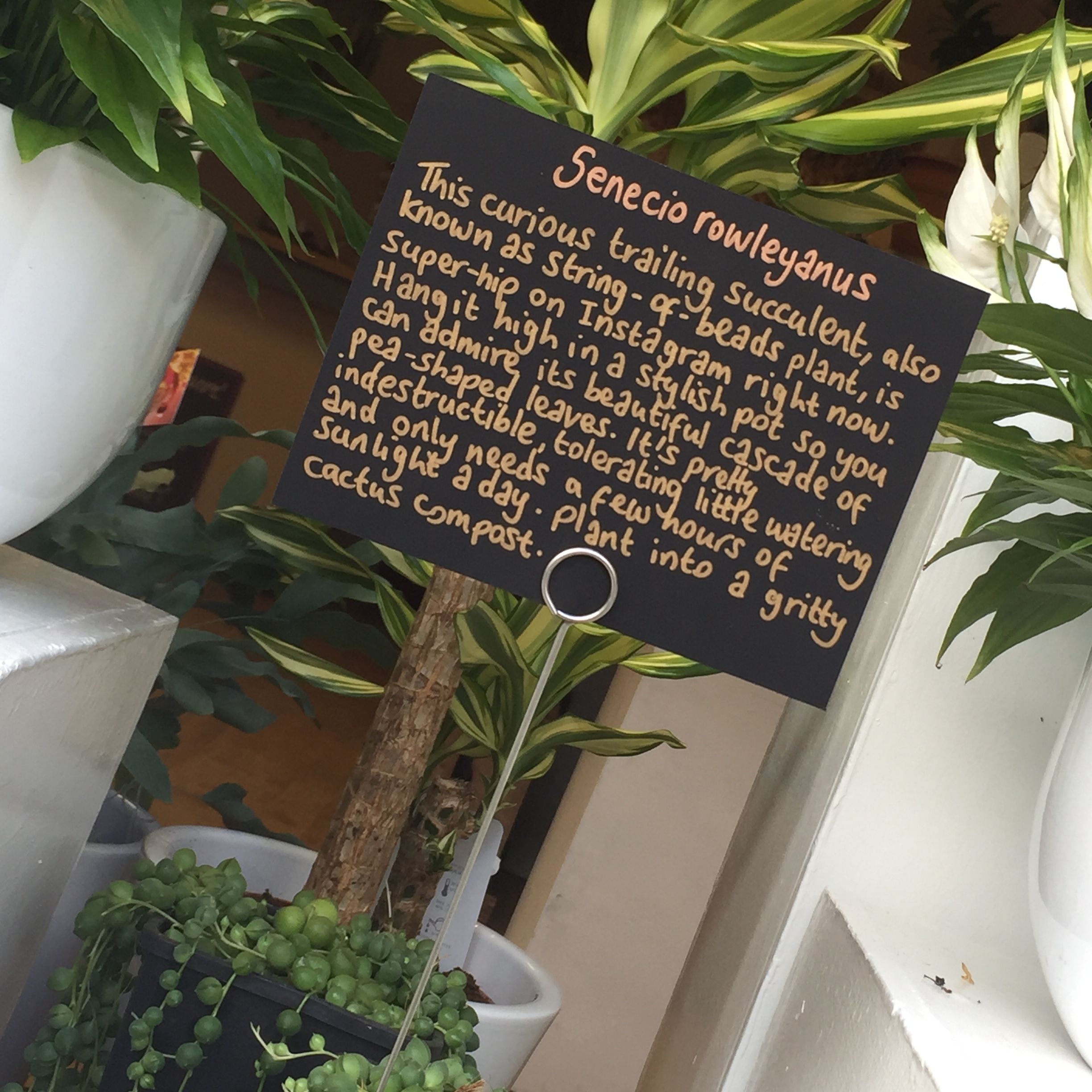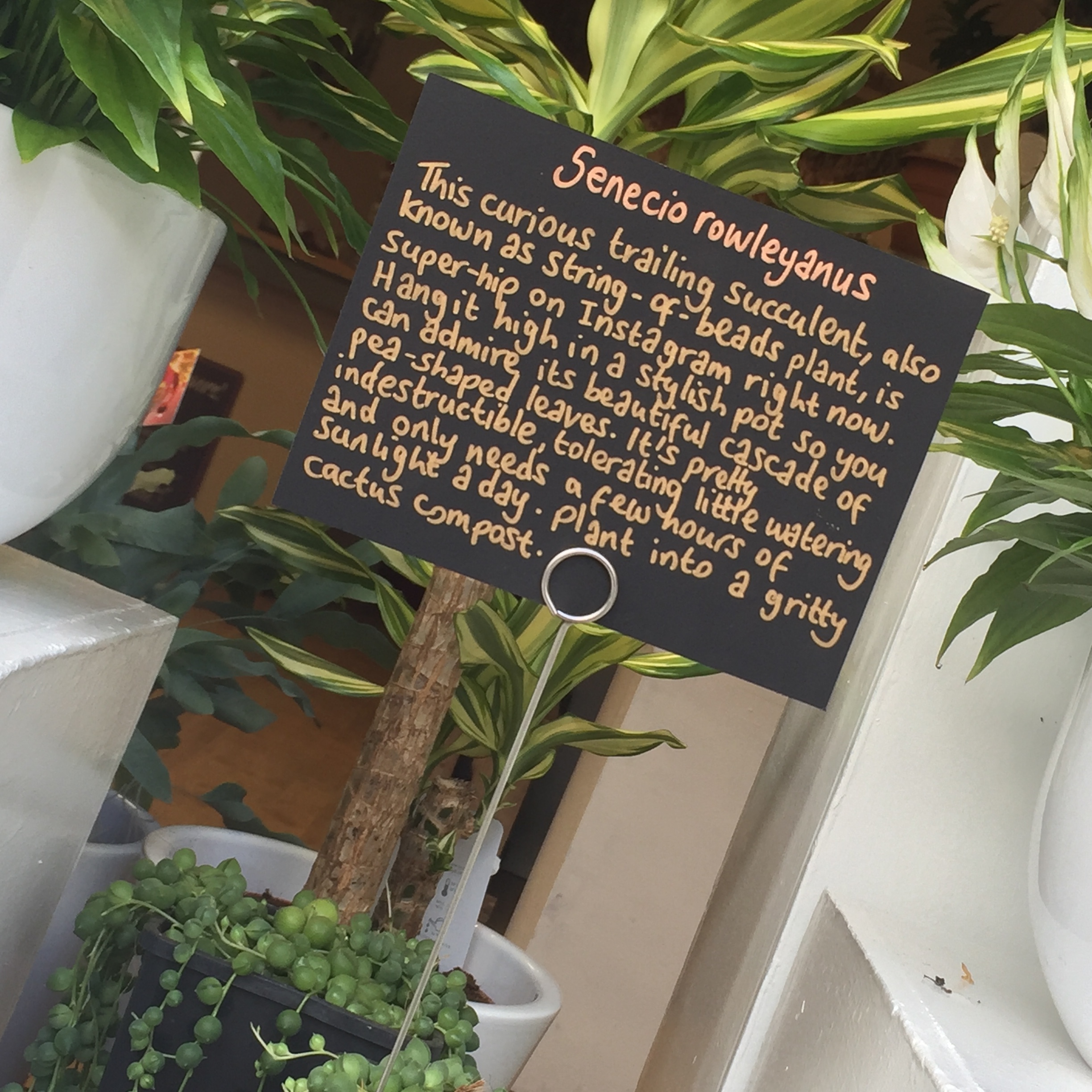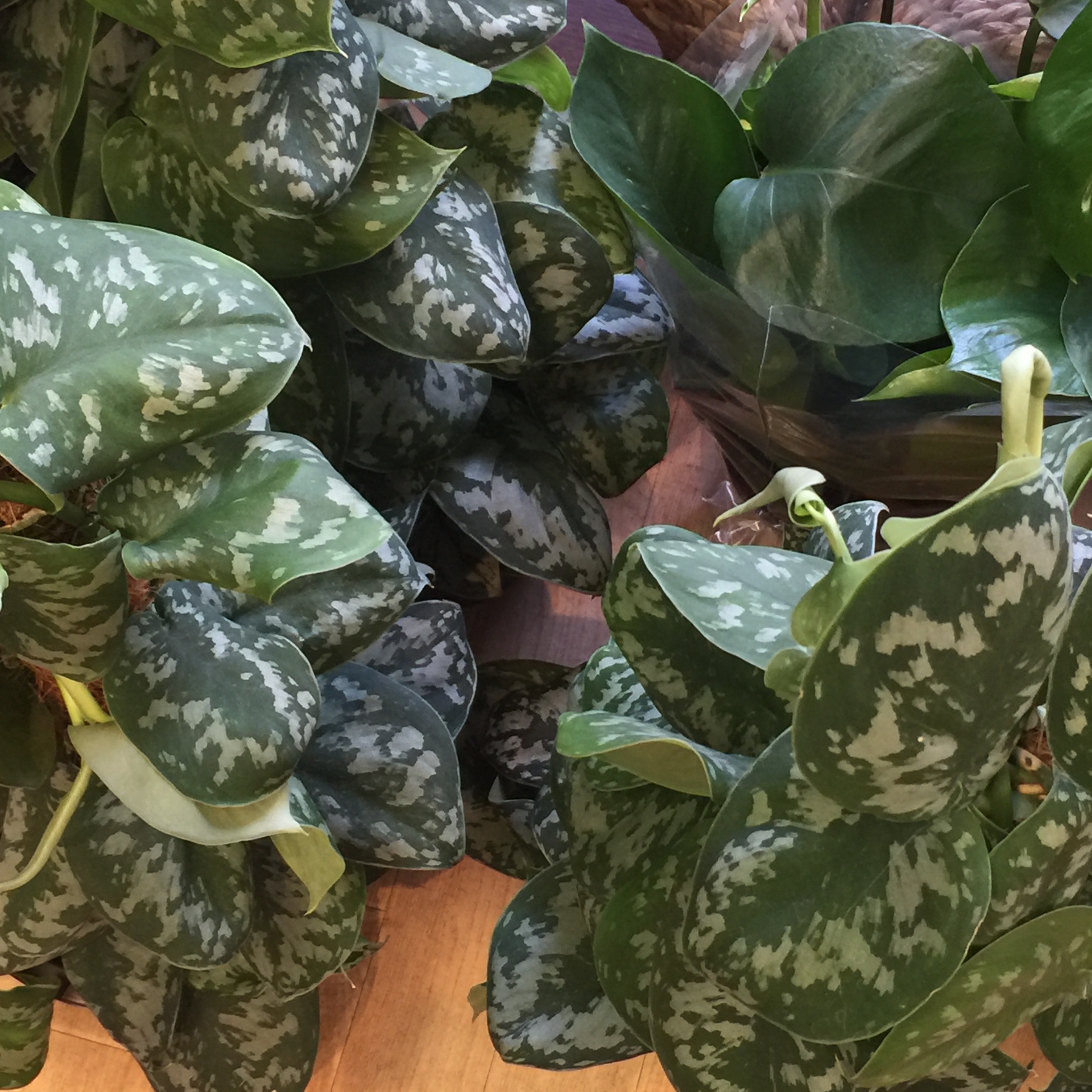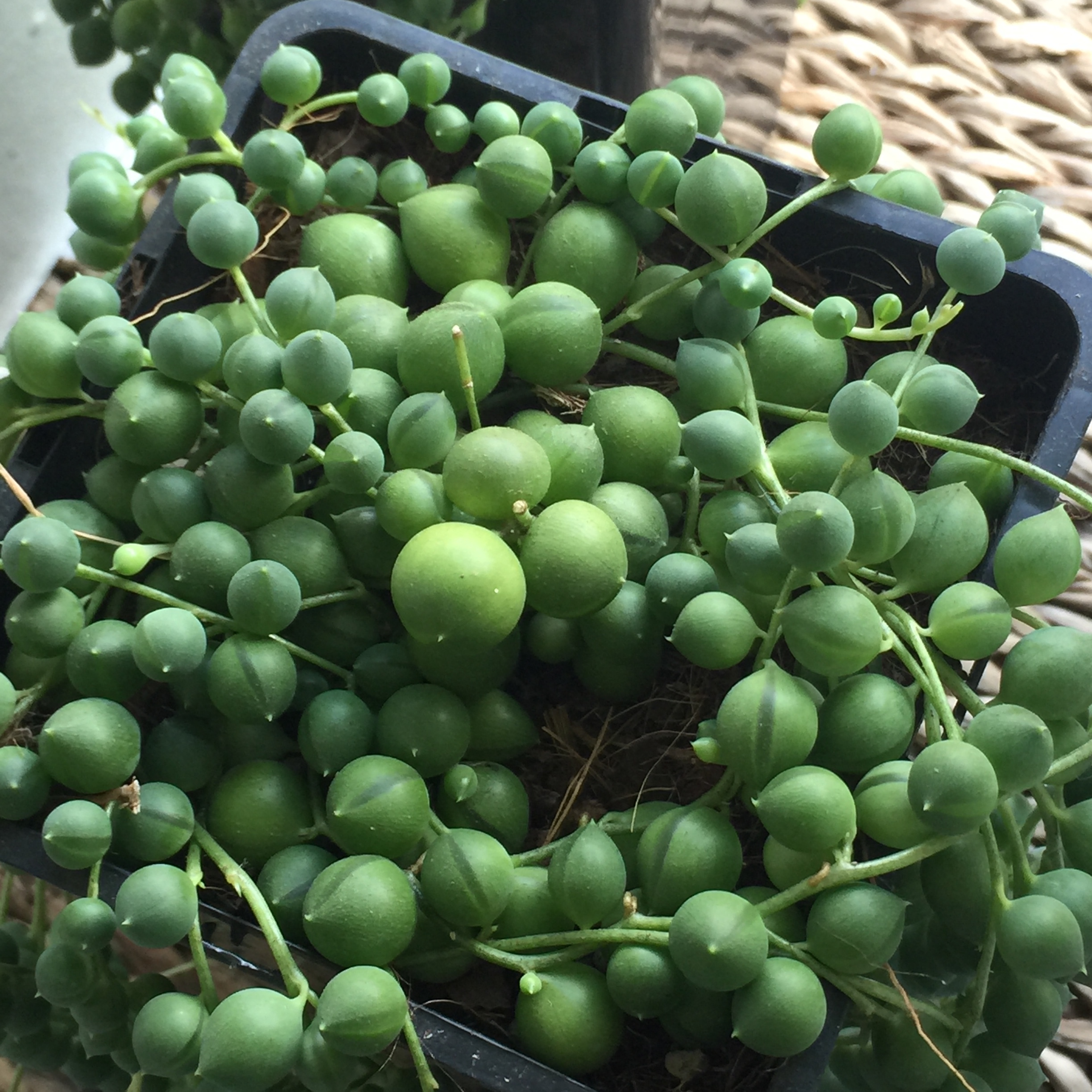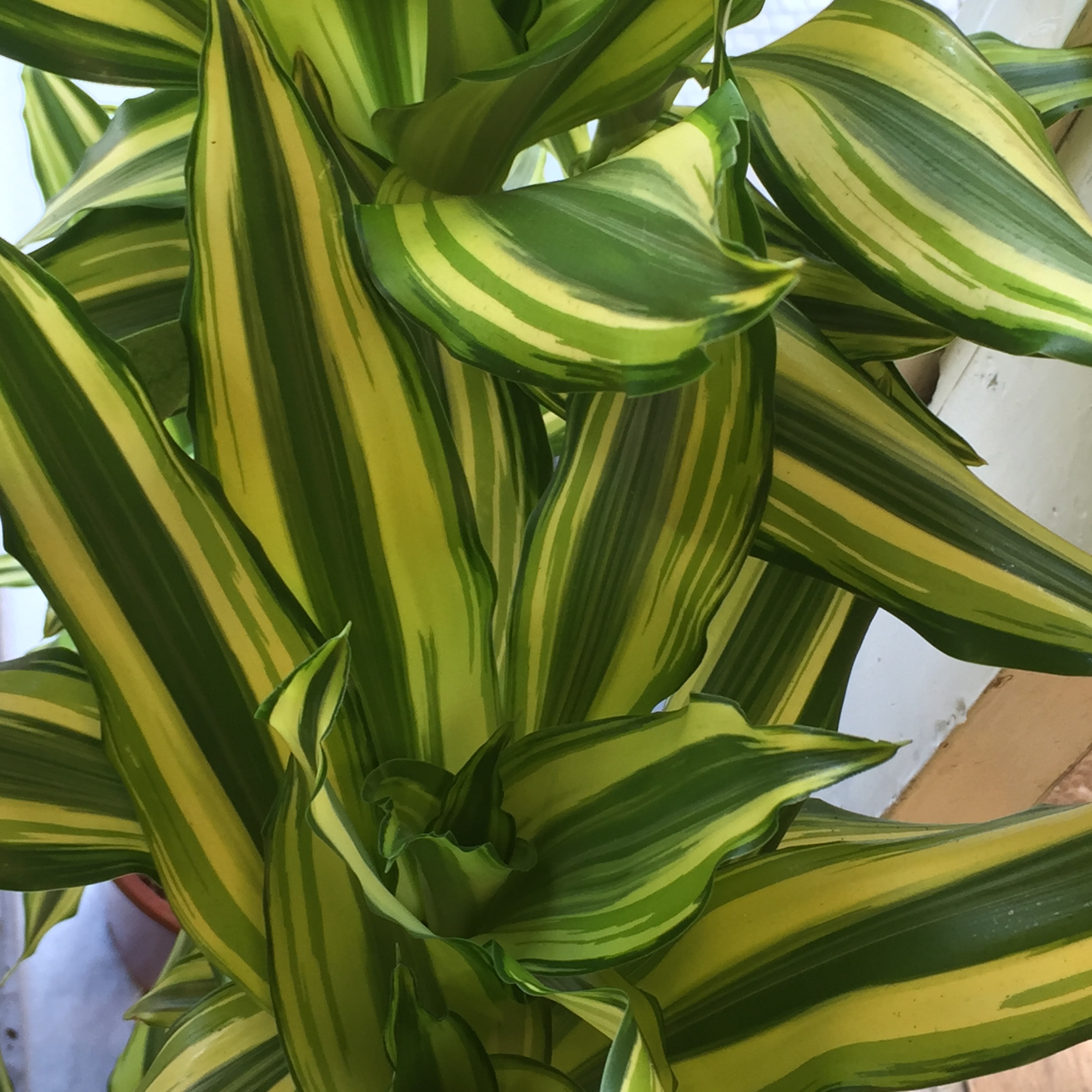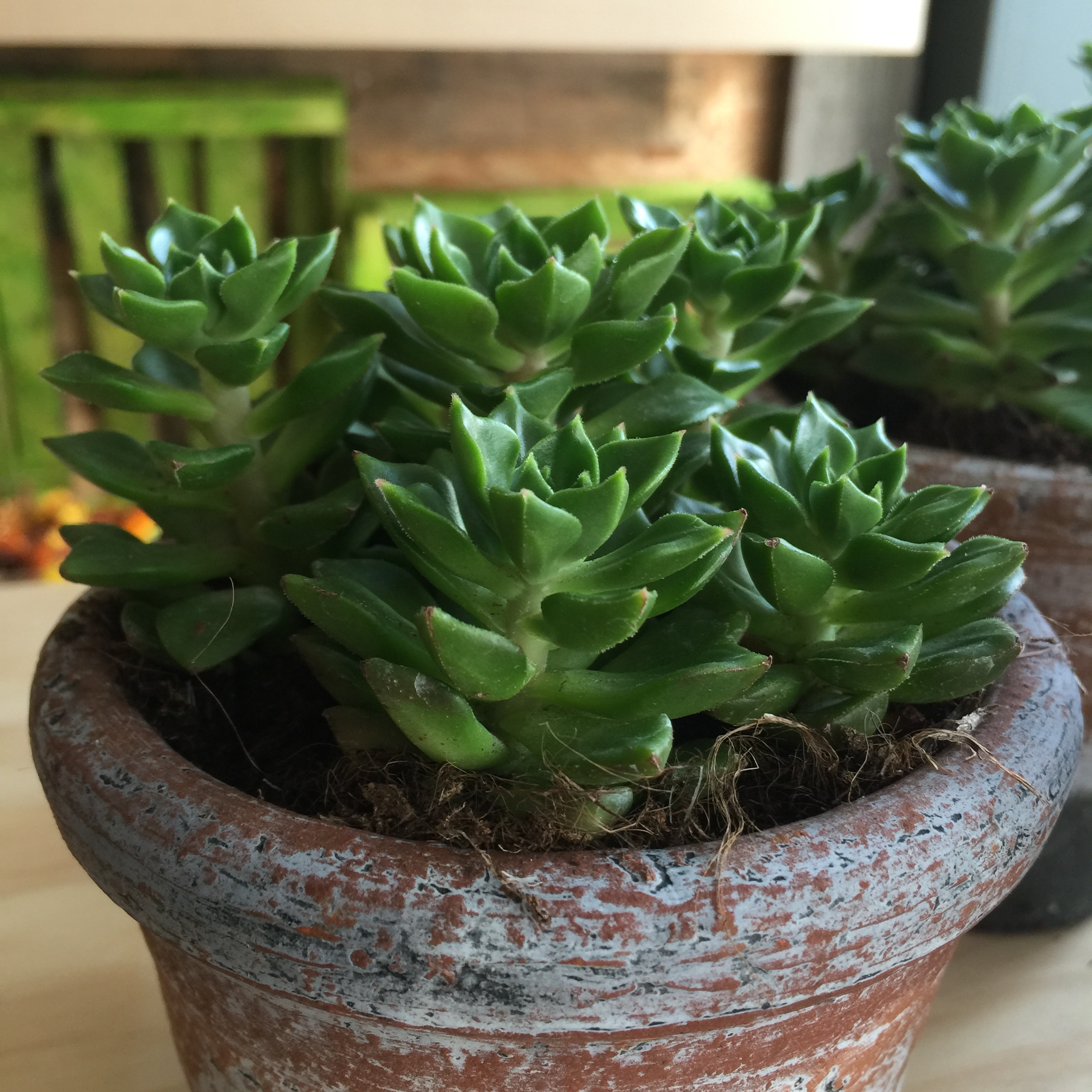So here it is… Part Two of my Favourite Christmas flowers.
The following flowers are just a small selection of the all amazing blooms that we have at our disposal at this time of year. The winter months needn’t be dark and gloomy when there are so many stunning stems available.
Ilex
Anthurium
Eryngium
Chrysanthemum Bloom
Rose
Ilex
Ilex “Verticillata”
If there was ever a Christmas stem that bought instant festivity to your floral display then Ilex is certainly at the top of the list for me. Whilst not actually a flower, Ilex (Ilex Verticillata) is a shrub originating from North America whose fruit forms through mid-winter providing us, the florist, with the perfect answer to Christmas floral décor. Although Ilex does exist in a different colours, it is the more traditional red that will prove popular at this time of year. Like a lot of my favourite stems, Ilex is perhaps best used on its own or with some very simple accompaniment. I would love a big vase full of these sumptuous berries in the home this Christmas. They last for ages and even as they mature, they still hold their form and provide minimal dropping (unless knocked!). Ilex comes in various stems lengths which means we can use it in smaller hand tied bouquets as well as larger more impactful designs.
Anthurium
When it comes to flowers that are both low maintenance and super long lasting then look no further than the powerfully tropical Anthurium. Whilst they may not be to everybody’s taste, these majestic and sculptural blooms are a firm favourite at Christmas time for a number of reasons. Anthuriums are far from being the prettiest of flowers, but what they lack in daintiness they make up for in instant colour, impact and glossy style. The enormous range of colours means that there really is something for everyone – whether you are into the Christmas reds or cool wintery whites, soft pinks, lilacs and greens – the range of hues is staggering. Anthurium will last for weeks, literally seeing you through Christmas, New Year almost in the dawn of Spring. Some colours are better than others for longevity and the only thing they hate is cold so by keeping them away from chilly drafts (or putting them outside) you will fully appreciate the wonderful qualities of this magnificent flower.
Eryngium
Eryngium
Eryngium is perhaps more widely known as Thistle – and occasionally referred to as Sea Holly. Its silvery blue hue captures a beautiful vibe during the festive period and these somewhat spikey flowers are as comfortable being paired up with Christmas reds as they are sitting pretty with cooler whites and greens or vintage pinks and lilacs. Like so many cut flowers there are several varieties available from larger headed “Supernova” stems to daintier and smaller “Orion” types but any of these provide a handsome touch of texture to floral bouquets. As with a lot of my Christmas favourites Eryngium is another long lasting floral hero! You will enjoy a good couple of weeks from these stems if not a bit longer.
Chrysanthemum Bloom
Chrysanthemum “Anastasia”
I really couldn’t ignore another one of the planets most popular flowers. However, rather than the more common spray variety of chrysanthemum (seen in almost any location anywhere that sells cut flowers) I have opted for the single headed big brother of chrysanthemum the Bloom. This simply named stem is a true leader when it comes to versatility in flowers. Although way more delicate than their sometimes voluminous head might let on, the Bloom is formed by careful nurturing during growth to make sure the one single flower at the top of the gets all the goodness from the soil. This is done by removing the side buds as they grow and leads to slightly unglamorous name of “Disbud Chrysanthemums” by the mass growers. Once again the wealth of colours is astounding and not only that there any so many combinations of varieties there are literally hundreds to choose from. My own favourites would perhaps be the zesty green blooms and for Christmas the large incurve white blooms that puff out like giant snowballs. Always easy to care for – clean water and clean stems is the key – and once again, very long lasting. So don’t shun the humble Chrysanthemum, like it’s popular friend the Carnation, this is one flower that deserves to be in anyone’s favourite list.
Rose “Pearl Avalanche”
Rose
No list of favourite flowers would be complete without the inclusion of the Rose. Despite being available all year round I do feel that this most classic of British garden flowers is a must have bloom for the Christmas period. With its elegant velvety petals, dazzling array of colours and delicate floral aroma the Rose will compliment absolutely anything it is mingled with. I love to see a vase of ivory white roses, silver grey eucalyptus and natural brown birch twigs all bundled together in a vaseful of wintery delight. Contrary to opinion, the Rose is a fairly good long lasting cut flower, especially when you do the right thing and choose the best quality you can. I am pretty picky about where I buy my roses from and have a few select growers I will always look for. That said, the advances in cultivation over recent years means that the Rose is about strong and reliable as it can be. There are a few tips I’d recommend and these can be found on our website https://www.lansdowneflorist.co.uk/flower-care
So, there you have…I’m sure that you will agree with some of these but perhaps not all!
My own flower favourites change with the seasons and come the new year and with the arrival of Spring flowers I know there will be whole new selection.
I hope you’ve enjoyed reading this and if you’ve got this far thank you!





